On Earth, there exists a massive international financial institution known as the “World Bank.” Officially established to eradicate poverty and promote sustainable development, this organization is rumored to wield unseen power over the fate of developing nations. Is this under the guise of benevolence, or does a hidden agenda lie beneath?
Dubbed the “World Bank Conspiracy,” this topic suggests a calculated scheme to dominate the future of developing nations. According to researchers, journalists, and whistleblowers, the World Bank allegedly manipulates developing countries subtly through loans and policy conditions.
The debt trap, policy enforcement, and the hidden intentions in international aid—these may not merely be speculation.
In this blog, we delve into the mysteries surrounding the World Bank and uncover the “scenarios” said to shape the future of developing nations.
Where does the truth lie? Will you join us in unraveling this mystery?
- The World Bank’s Origins and Mission
- The Origins and Spread of the Conspiracy Theory
- The Impact of the World Bank on Developing Nations
- Exploring the Truth Behind World Bank Conspiracies
- The World Bank’s Role in Shaping the Future
The World Bank’s Origins and Mission
In 1944, as World War II neared its end, the World Bank (officially, the International Bank for Reconstruction and Development or IBRD) was established to reconstruct war-torn Europe.
With a mission to facilitate post-war recovery, it played a vital role in rebuilding economies worldwide.
However, since its inception, there have been whispers—was it truly created for global recovery, or to protect the interests of developed nations?
The World Bank has officially aimed to “eradicate poverty” and “promote sustainable development” since its establishment.
By lending to developing nations, it has supported infrastructure development, education, and healthcare, achieving significant outcomes.
Yet, the attached conditions have often led to criticism as a “debt trap” that hinders the economic independence of these nations.
Background and Official Goals
The World Bank began as the International Bank for Reconstruction and Development (IBRD).
At the time, Europe’s key nations were economically devastated by the war, with infrastructure in ruins.
To address this, the World Bank was created under the leadership of the United States.
Efforts for Post-War Recovery
In post-war Europe, the World Bank supported reconstruction projects such as railways and roads through loans.
Much of this funding came from the United States, which helped solidify its position as the world’s economic center.
Thus, alongside recovery, the U.S. extended its economic influence globally.
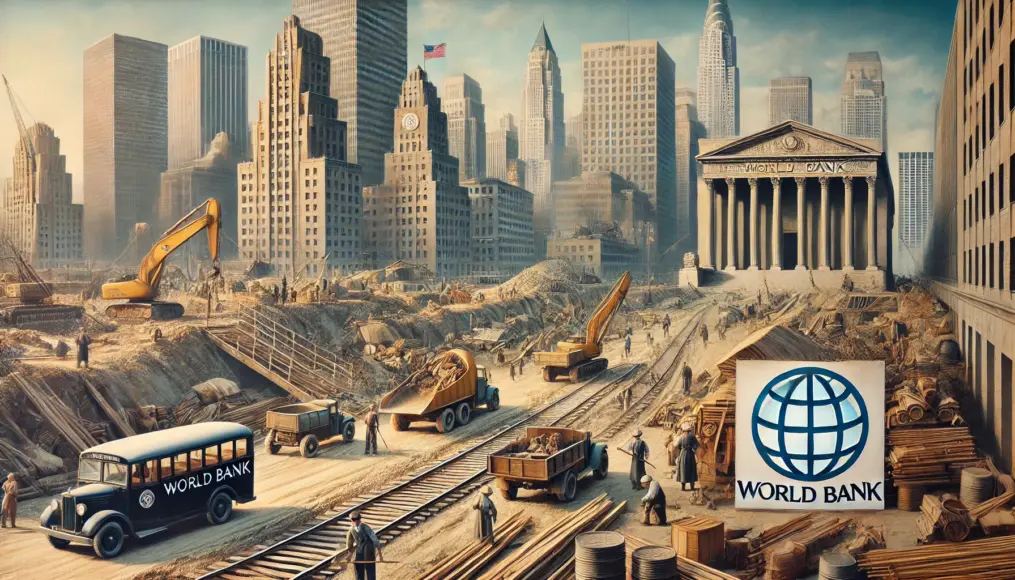
Pivot to Poverty Reduction
From the 1950s onwards, as Europe recovered, the World Bank shifted its focus to developing nations.
During this period, loans for agricultural reform and infrastructure development in these countries expanded, but they came with conditions requiring economic policy changes.
These conditions later drew criticism for impeding the economic autonomy of developing nations.

Indications of Hidden Intentions
While officially acting as the “world’s bank,” a closer look at the operational structure and lending conditions of the World Bank reveals signs of concealed motives.
Criticism has focused particularly on interference in economic policies and the disproportionate influence of developed nations.
These actions seem to benefit not the developing countries but others, exacerbating inequalities.
Excessive Interference in Economic Policies
As a condition for loans, the World Bank often requires implementing “structural adjustment programs.”
These programs include privatizing public services, opening markets, and reducing subsidies.
Though these measures seem to aim at promoting economic reform, they often widen inequalities in developing nations.
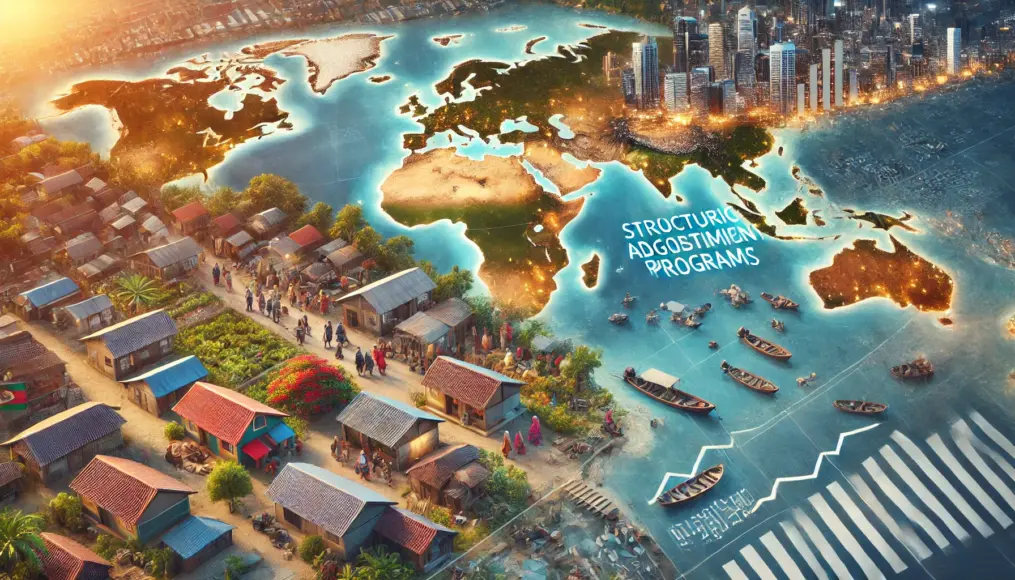
Decision-Making Dominated by Developed Nations
The World Bank operates on a structure where donor nations have significant influence over decision-making.
For instance, developed nations like the U.S. and European countries hold the reins when deciding loan conditions and selecting projects.
This has led some to criticize the World Bank as a “tool for developed nations’ interests.”
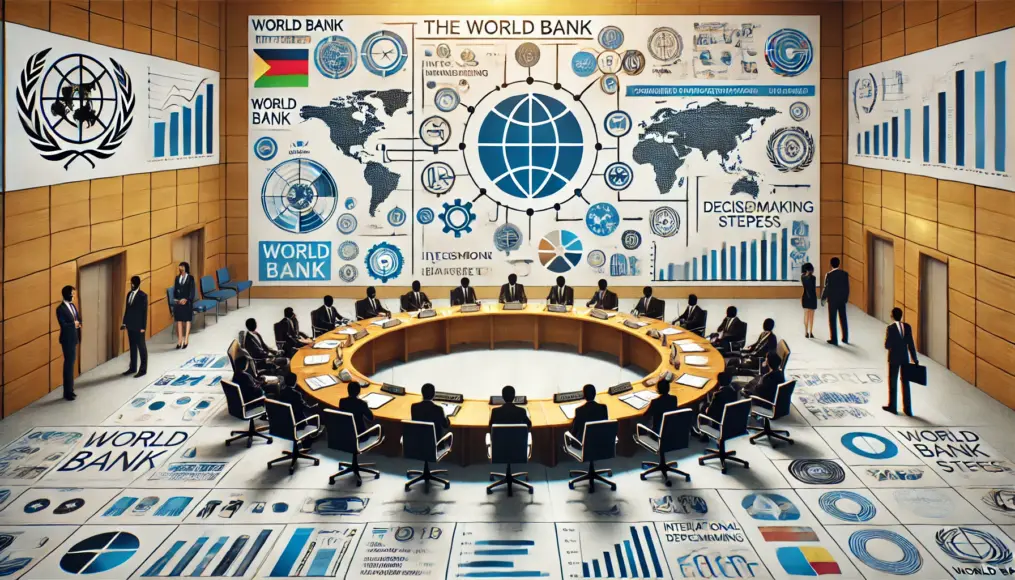
Controversy Surrounding the World Bank
While the World Bank has undeniably contributed significantly to developing nations, its activities are not universally seen as purely altruistic.
The economic losses tied to loan conditions and excessive interference in domestic policies have raised concerns about their impact on local populations.
This begs the question: Is the World Bank’s mission truly equitable?
Does the World Bank operate for humanity’s collective good, or is there an unseen agenda?
What do you see in its actions?
The Origins and Spread of the Conspiracy Theory
When and how did the theory that the World Bank deliberately manipulates developing nations emerge?
The roots lie in the sophisticated mechanisms behind lending conditions and the perception of inequality in certain regions.
Here, we explore the origin of this conspiracy theory and how it has spread globally.
The Genesis of the Theory
Suspicions about the World Bank influencing developing nations through its loans became prominent in the 1970s and 1980s.
During this time, the implementation of structural adjustment programs as conditions for loans became increasingly common.
The resulting economic reforms often exacerbated poverty and inequality in borrowing nations, fueling the notion of intentional control.
The Debt Crisis of the 1970s and Structural Adjustment Programs
The 1970s were marked by an oil crisis that plunged many developing nations into economic turmoil.
In response, the World Bank provided large-scale loans, but these often came with stringent economic reform conditions.
This led to what was later termed the “debt trap,” becoming a focal point of conspiracy theories.
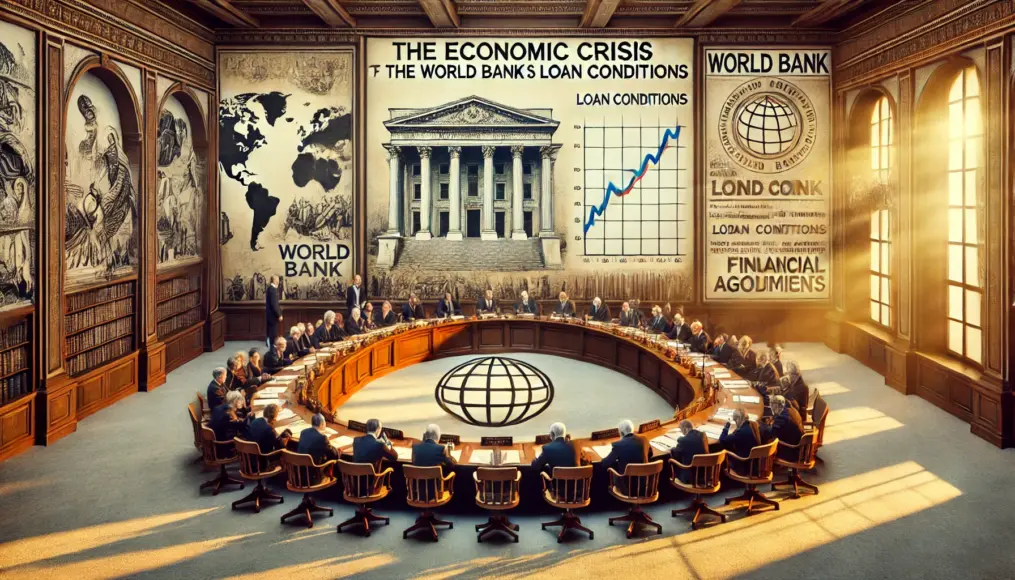
Globalization and the Dominance of Developed Nations
As globalization accelerated in the 1980s, the World Bank faced mounting criticism for policies perceived to favor developed nations.
In many borrowing nations, foreign companies dominated markets, while local economies deteriorated.
These occurrences reinforced the belief that the World Bank served developed nations’ interests at the expense of developing ones.
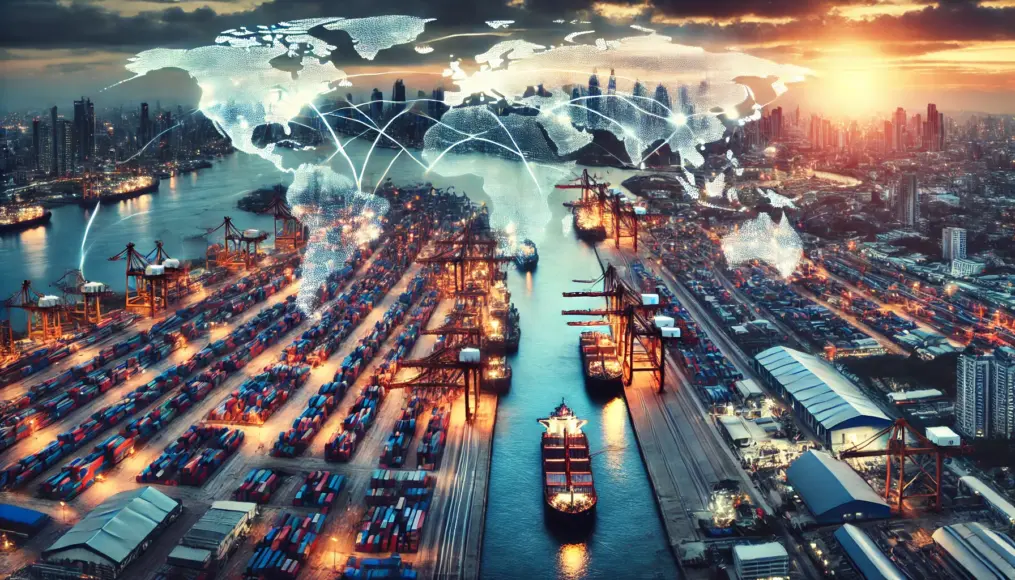
The Spread of the Conspiracy Theory
The dissemination of the World Bank conspiracy theory was driven by factors such as informational asymmetry and societal inequalities.
The advent of the internet further amplified these narratives, reaching a global audience and deepening mistrust.
The Role of the Internet in Spreading Suspicion
With the internet’s rise in the 1990s, conspiracy theories about the World Bank spread rapidly online.
Blogs, forums, and social media became platforms for sharing criticisms and suspicions about its activities.
This resulted in the World Bank being increasingly viewed as an opaque organization.
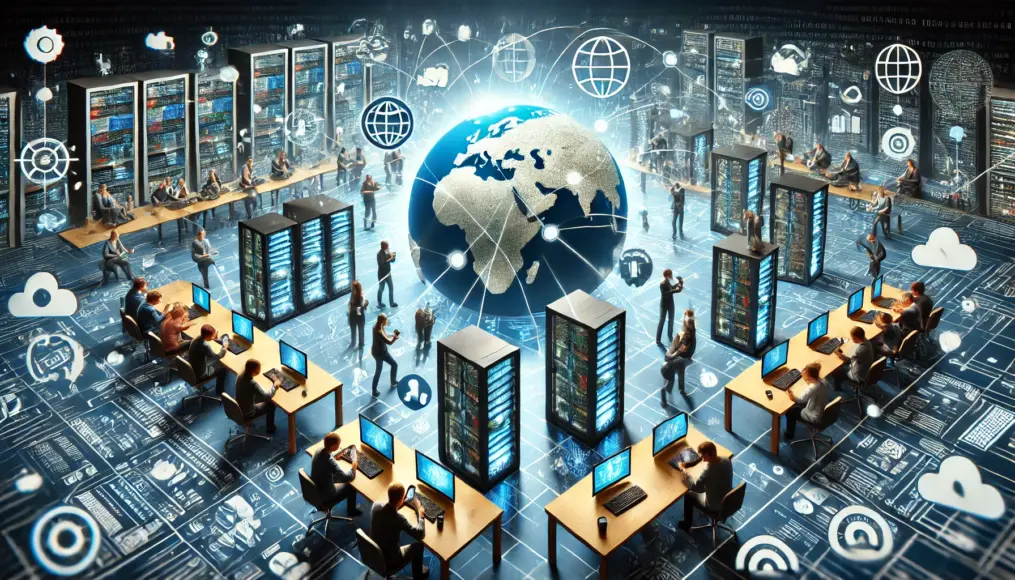
Influence of Media and Documentaries
Films and documentaries have also played a significant role in shaping public perceptions of the World Bank.
For example, works highlighting economic collapses or whistleblower accounts have gained widespread attention.
These media contributions have further cemented doubts about the World Bank’s true intentions.
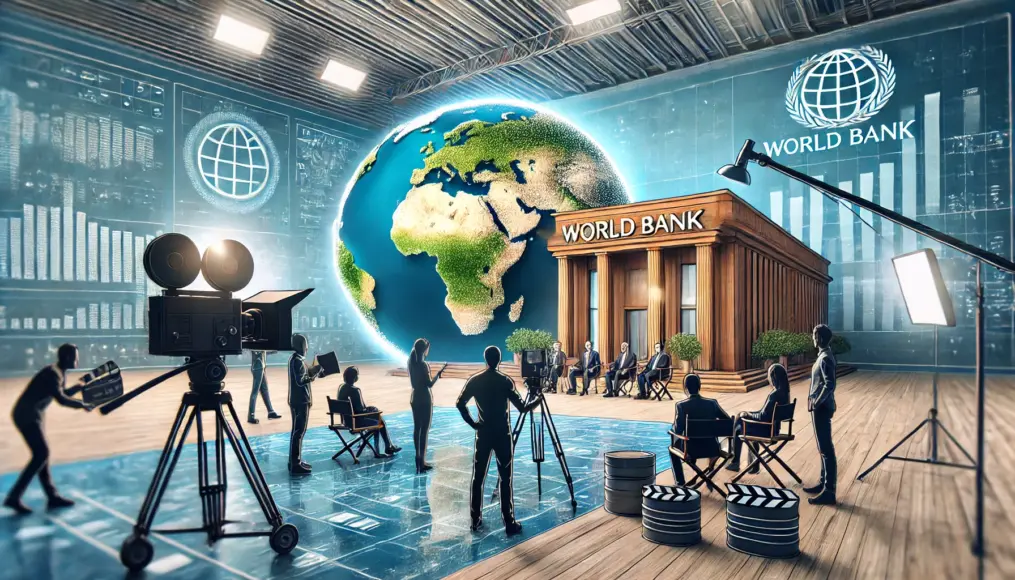
Examining the Truth Behind the Theory
How credible are these conspiracy theories surrounding the World Bank?
While the institution undeniably influences the policies of borrowing nations, whether this is intended for global benefit or hidden agendas remains a matter of debate.
Is the World Bank truly what it appears to be, or is there more beneath the surface?
The Impact of the World Bank on Developing Nations
The World Bank’s activities in developing nations are far-reaching, influencing economies and societies alike.
While loans support infrastructure and development, the attached policy conditions often spark criticism for creating systemic challenges.
Let us explore the specific impacts on economic policies, social structures, and the broader consequences for developing nations.
Economic Policies and Their Outcomes
The policy conditions attached to World Bank loans have caused dramatic shifts in the economic structures of borrowing nations.
These impacts extend beyond short-term economic growth to long-term social consequences, raising questions about their true efficacy.
Privatization of Public Services
Loan conditions often require the privatization of public services, profoundly affecting access and affordability for local populations.
For example, privatization of water and electricity utilities has led to price hikes and reduced service quality, disproportionately impacting low-income communities.

Market Liberalization and Foreign Influence
Market liberalization policies expose local businesses to competition from multinational corporations.
This dynamic has frequently led to the decline of domestic enterprises, loss of employment, and increased economic dependency on foreign entities.
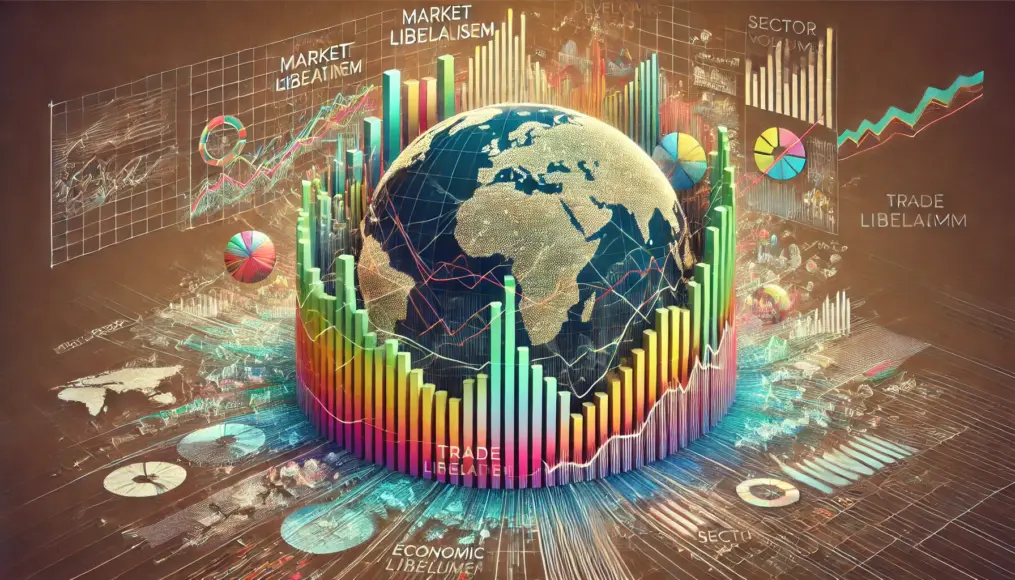
The Debt Trap and Its Implications
World Bank loans provide economic opportunities but often come at a high cost, plunging nations into unmanageable debt cycles.
High-interest rates and strict repayment conditions create significant challenges for long-term growth and stability.
High-Interest Rates and Escalating Debt
Developing nations frequently face exorbitant interest rates, making it challenging to service their debts.
Even successful projects struggle to generate enough revenue for repayments, perpetuating cycles of borrowing.
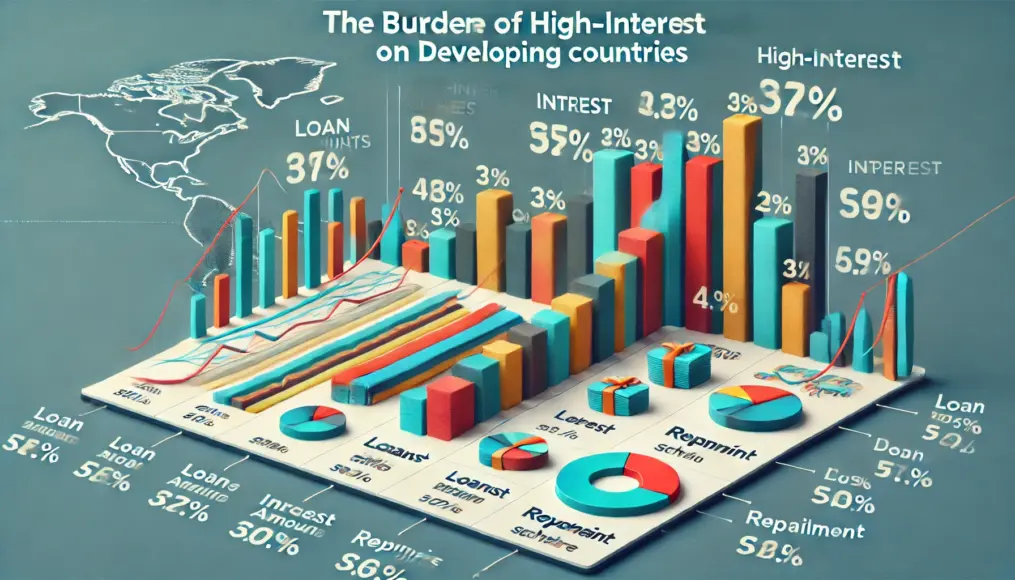
Social Program Cuts Due to Debt Repayments
To prioritize debt repayment, governments often slash budgets for healthcare, education, and welfare programs.
These cuts disproportionately affect the most vulnerable populations, deepening poverty and inequality.
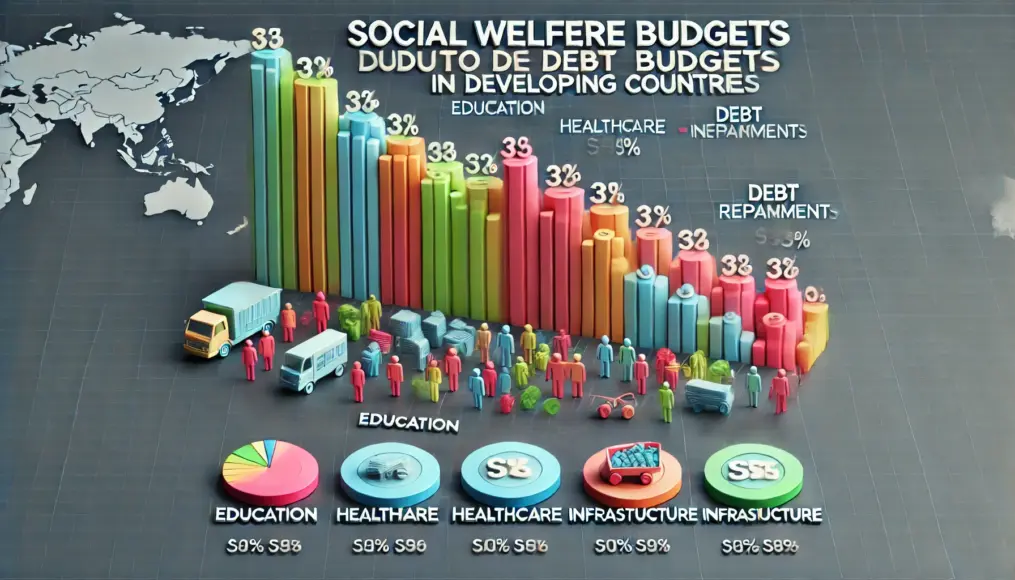
Conditional Aid and Sovereignty Concerns
World Bank loans and aid are often tied to conditions that significantly influence recipient countries’ policies.
These requirements frequently lead to criticisms of undermining national sovereignty.
Challenges of Conditional Aid
Loan agreements often compel countries to adopt specific policy changes that may not align with their priorities.
This raises the question of whether such aid genuinely supports the recipient nations or primarily serves external interests.
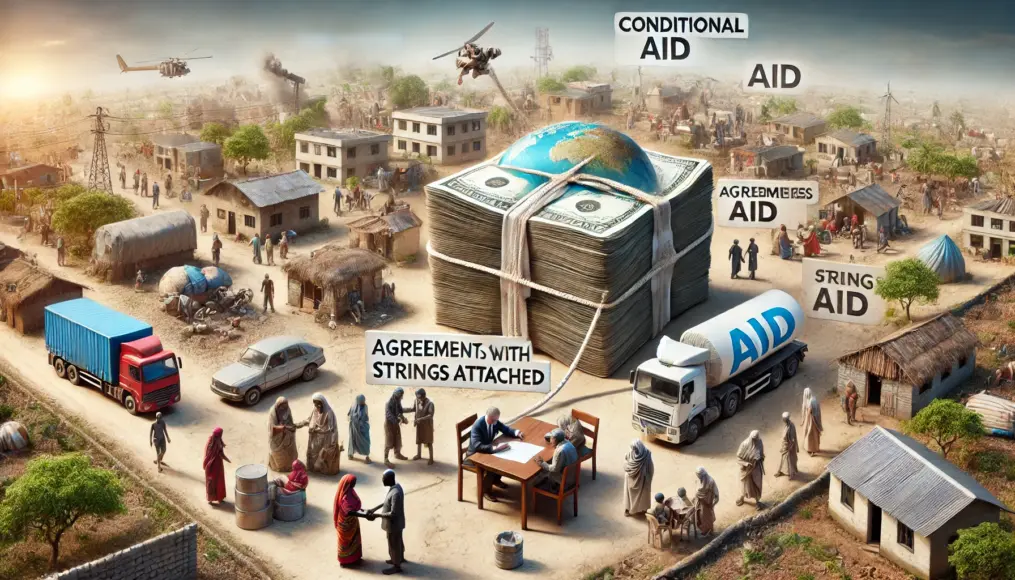
Sovereignty at Risk
The mandated policy changes in loan agreements can undermine the autonomy of recipient governments.
This has led to growing concerns about the fairness and equity of World Bank operations.
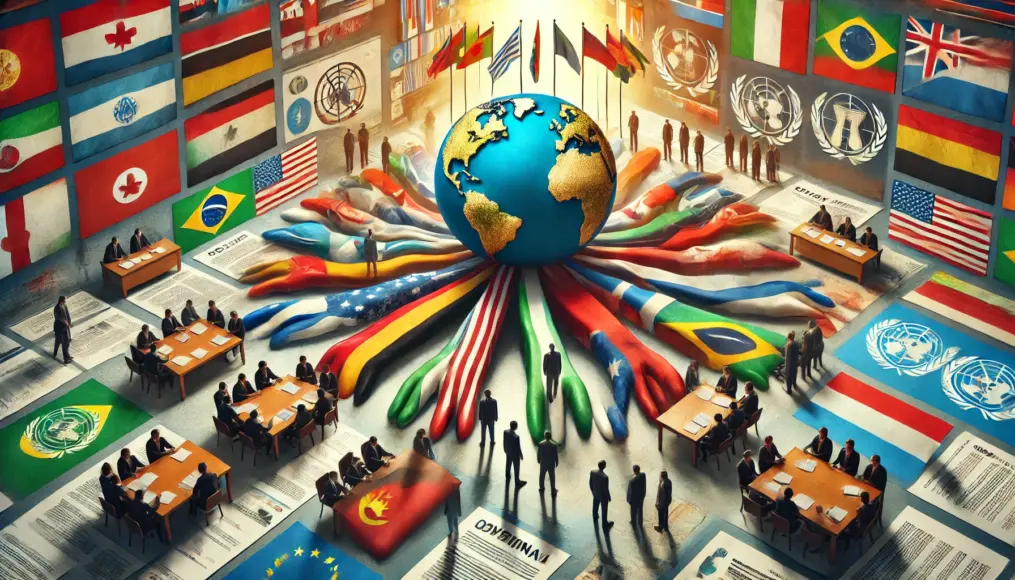
Moving Toward Sustainable Development
Despite these challenges, developing nations continue to strive for economic and social progress.
Overcoming the constraints posed by World Bank policies will be crucial for achieving genuine independence and growth.
Do you believe the World Bank genuinely supports developing nations, or could hidden motives be at play?
Let us know your thoughts in the comments!
Exploring the Truth Behind World Bank Conspiracies
The World Bank’s activities have been both lauded and criticized, giving rise to conspiracy theories suggesting hidden motives.
This section delves into the core of these theories, examining evidence, testimonies, and the broader implications.
Are these allegations merely speculation, or do they point to a deeper truth?
Transparency and Governance
As a global financial institution, the World Bank has a responsibility to operate transparently.
However, critics argue that its decision-making processes remain opaque, fueling suspicions about hidden agendas.
Decision-Making and Power Dynamics
The governance structure of the World Bank heavily favors developed nations, particularly its largest donors.
This imbalance raises concerns about whether decisions genuinely benefit developing nations or prioritize donor interests.
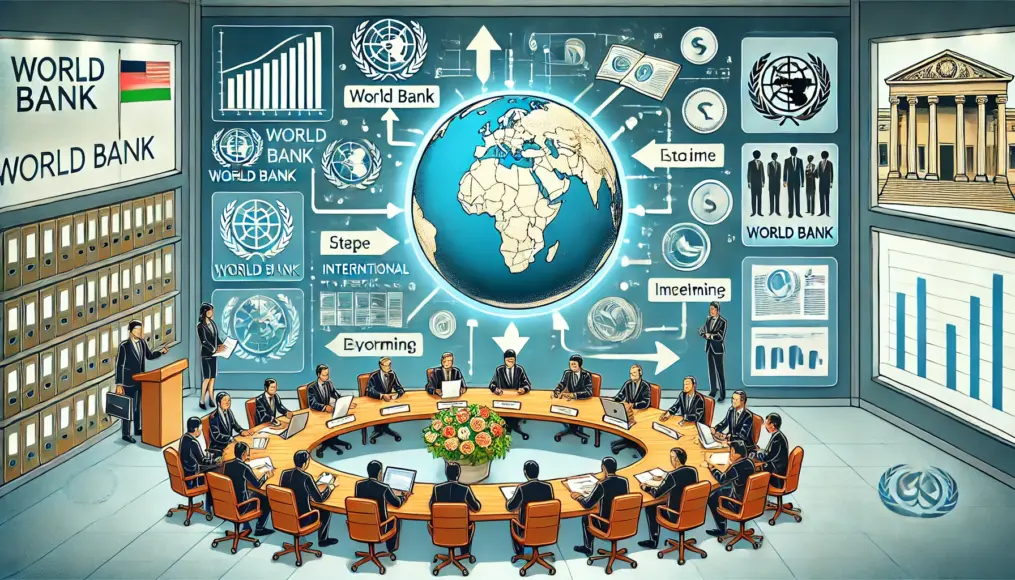
Limits of Information Disclosure
While the World Bank has made strides in increasing transparency, key details about its operations often remain inaccessible.
This lack of full disclosure perpetuates mistrust and the perception that critical information is being withheld.
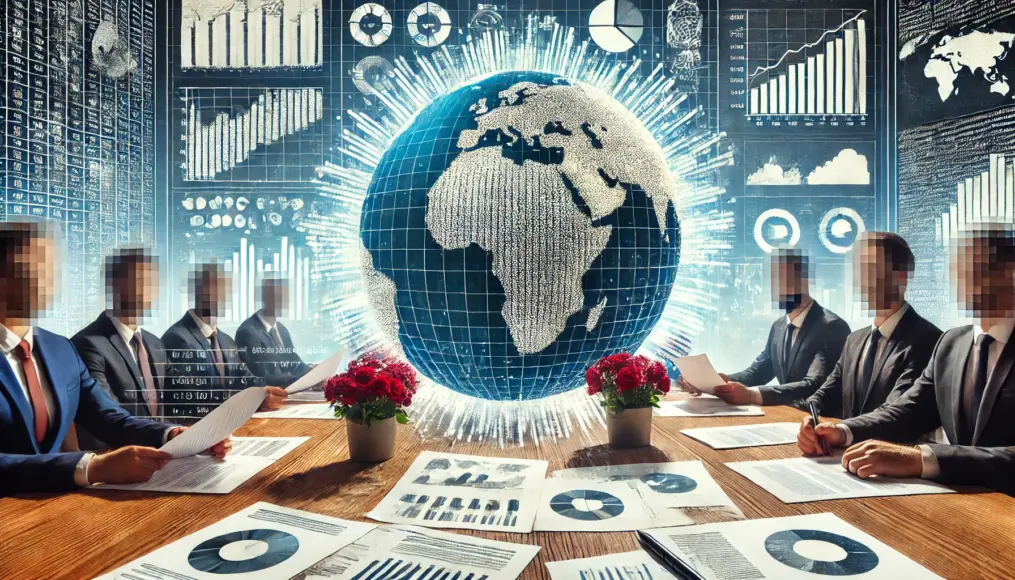
Evidence Supporting Conspiracy Theories
Conspiracy theories surrounding the World Bank often cite specific projects and policies as evidence of manipulation.
This section critically examines the validity of these claims, separating fact from fiction.
Controversial Project Policies
Some World Bank-funded projects have faced criticism for their harsh economic reform requirements.
These conditions have, in some cases, exacerbated poverty and inequality, lending credibility to conspiracy claims.
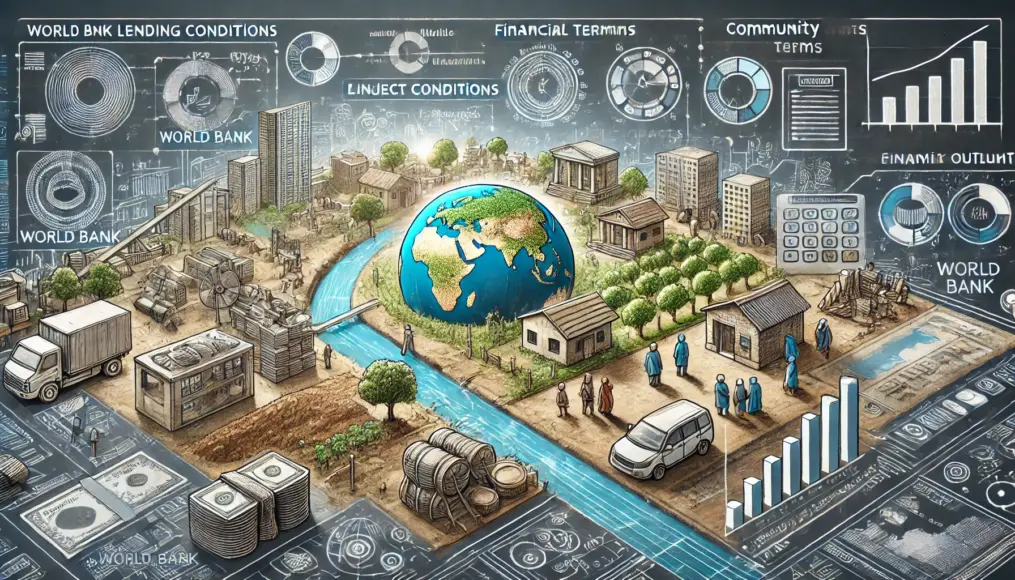
Reliability of Whistleblower Testimonies
Whistleblowers play a pivotal role in exposing alleged misconduct within the World Bank.
While their accounts often highlight systemic issues, verifying the accuracy of these testimonies can be challenging.

Factors Driving the Spread of Conspiracies
Several societal and technological factors contribute to the proliferation of conspiracy theories about the World Bank.
Understanding these drivers is crucial for addressing the root causes of mistrust and misinformation.
The Role of the Internet
The internet has revolutionized how information spreads, allowing conspiracy theories to reach a global audience.
Social media and online forums amplify these narratives, often without adequate fact-checking.
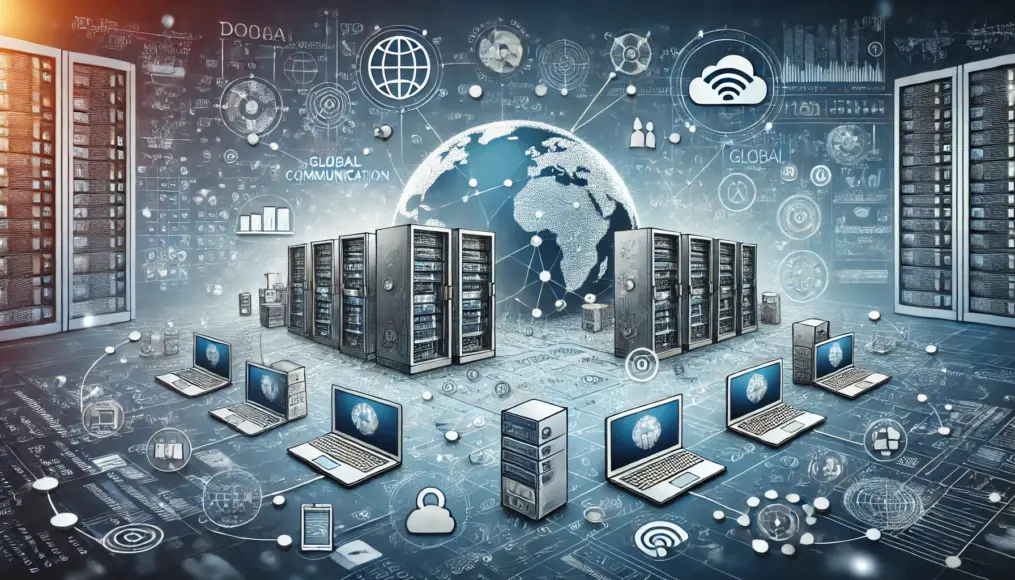
Social Inequality as a Catalyst
Economic disparities and social inequities create fertile ground for conspiracy theories to thrive.
For many in developing nations, these theories provide a framework for understanding systemic injustices.
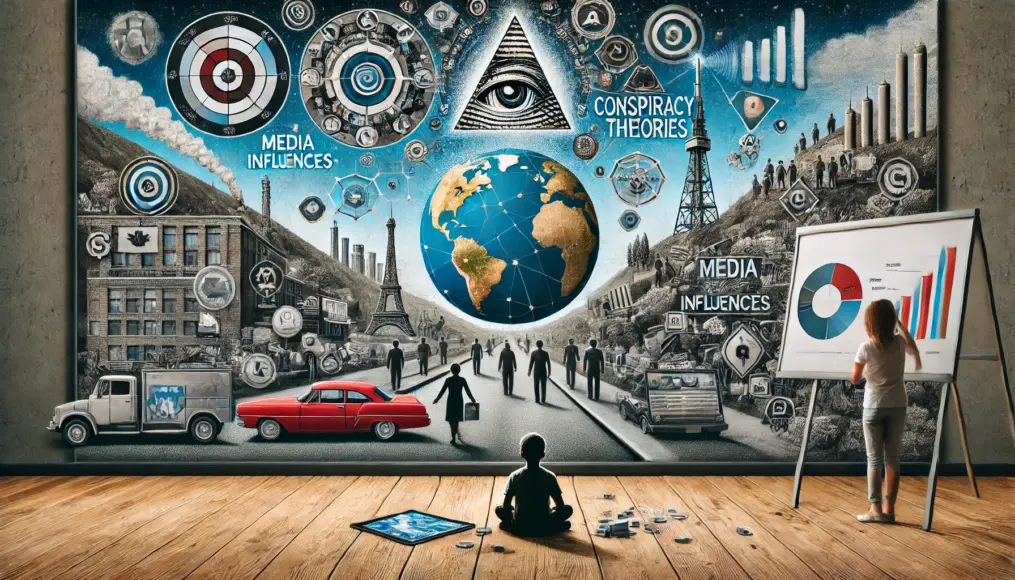
Pursuing the Truth
Disentangling truth from speculation requires a commitment to rigorous research and critical thinking.
By fostering transparency and accountability, the World Bank can work to rebuild trust and dispel lingering doubts.
The World Bank’s Role in Shaping the Future
As one of the most influential financial institutions, the World Bank’s actions have far-reaching implications for global development.
Its dual role as a provider of support and a target of criticism highlights the complexity of its mission.
This section explores how the World Bank can navigate its challenges and redefine its contributions to a more equitable future.
Challenges Facing the World Bank
The World Bank operates in a complex environment where transparency, accountability, and effectiveness are under constant scrutiny.
Addressing these issues is vital for maintaining its legitimacy and achieving its stated goals.
Transparency and Accountability
While strides have been made toward greater transparency, significant gaps remain in how decisions are made and communicated.
Improving governance structures to include diverse perspectives is essential for fostering trust.
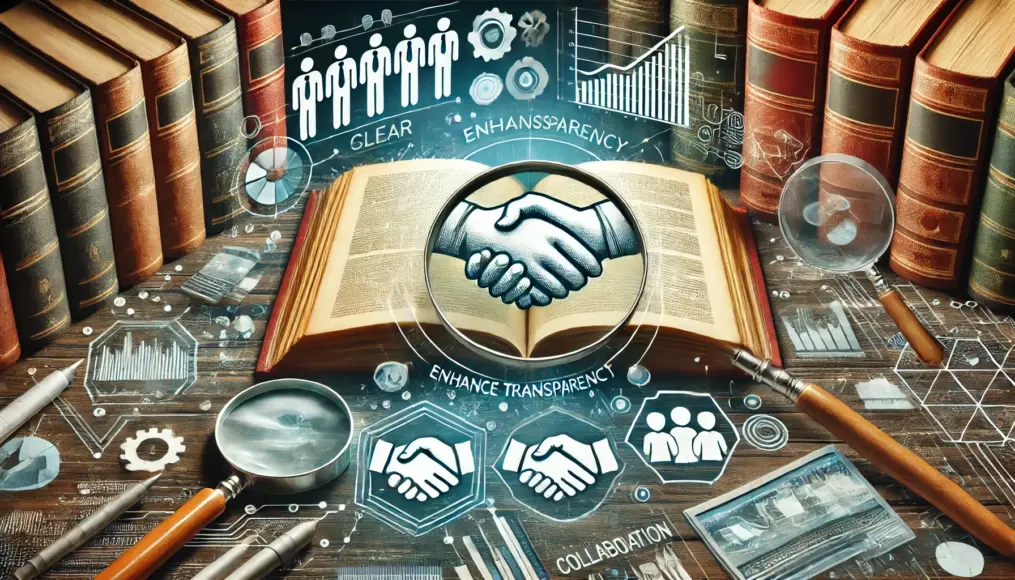
Responding to Diverse Needs
Developing nations face unique challenges that require tailored approaches rather than one-size-fits-all solutions.
Policies must be adaptable to the local context to ensure meaningful and sustainable outcomes.
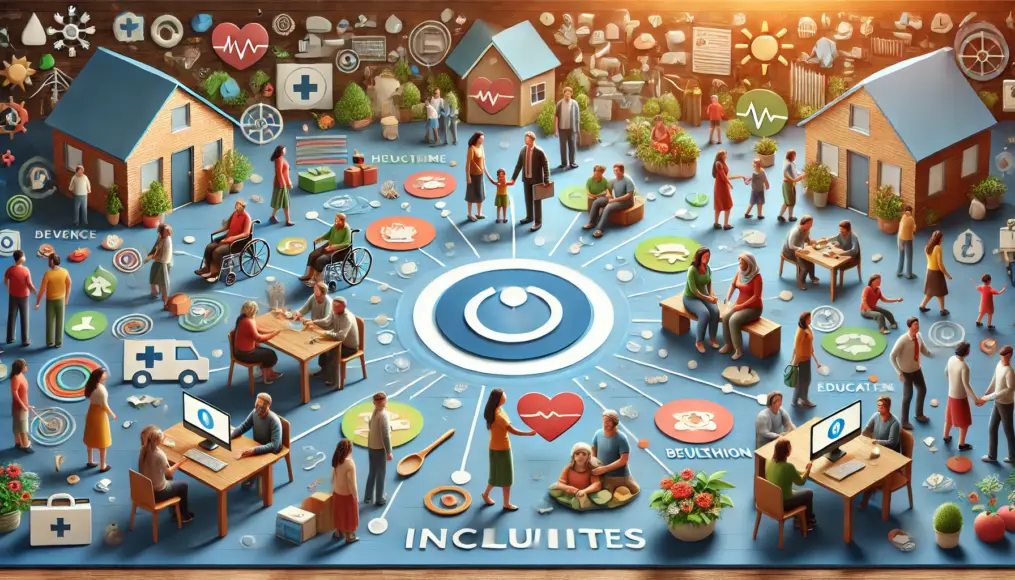
Redefining the World Bank’s Role
The World Bank has the opportunity to lead by example in addressing global challenges such as climate change and social inequality.
Expanding its focus beyond traditional economic growth metrics could redefine its impact on the world stage.
Environmental Sustainability Initiatives
Climate change disproportionately affects developing nations, making it a priority for World Bank projects.
By investing in renewable energy and sustainable infrastructure, the institution can drive positive environmental change.
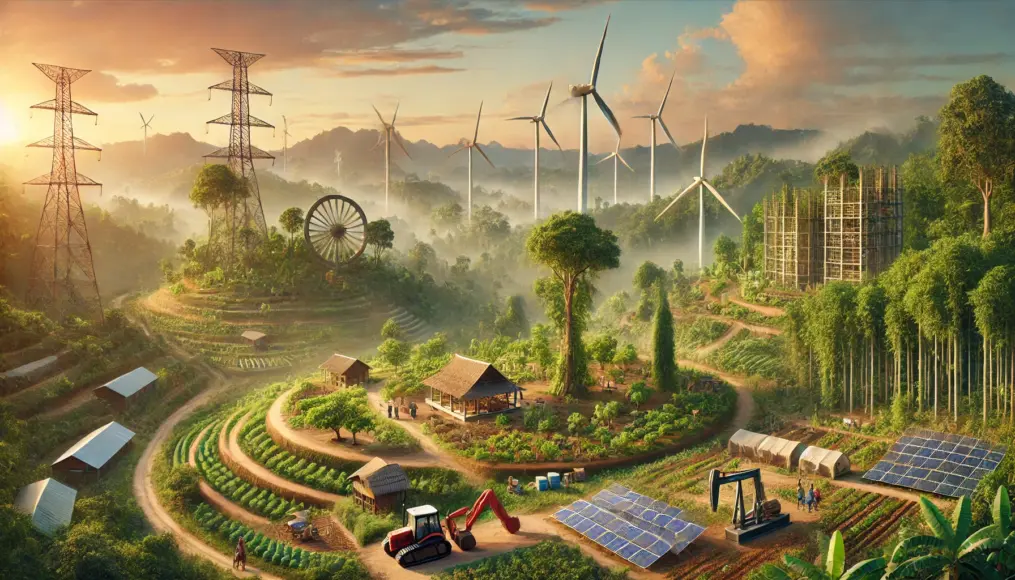
Promoting Social Equity
Addressing gender inequality and supporting marginalized communities can enhance social cohesion and stability.
The World Bank’s initiatives in these areas could serve as a model for integrating social justice into development.
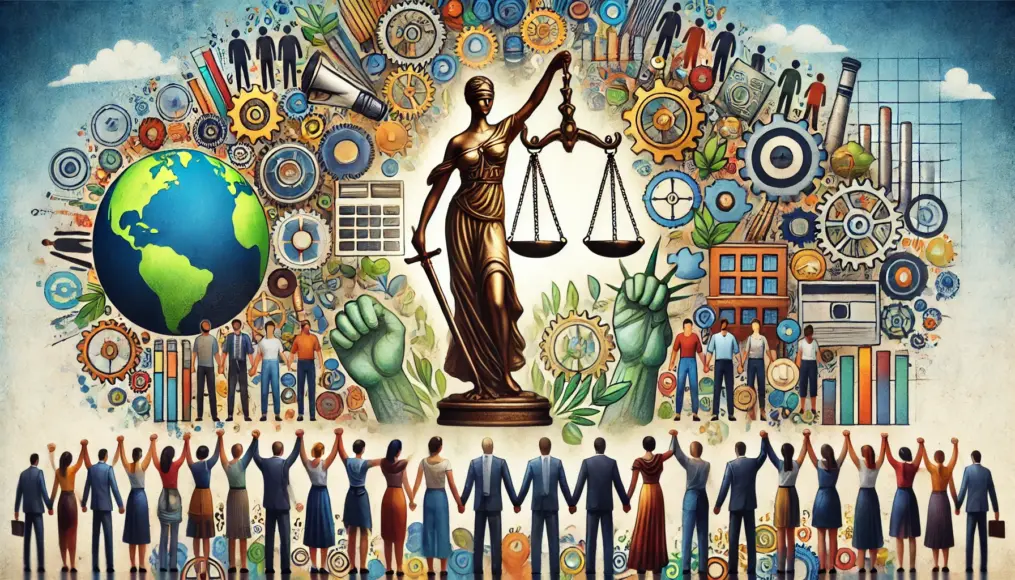
How We Can Contribute
While the World Bank operates on a global scale, individuals also have a role to play in supporting its mission.
Through advocacy, awareness, and action, we can collectively work toward a more just and sustainable future.
Raising Awareness
Sharing accurate information about the World Bank’s activities can help combat misinformation and promote accountability.
Public discourse and grassroots movements are powerful tools for driving institutional change.
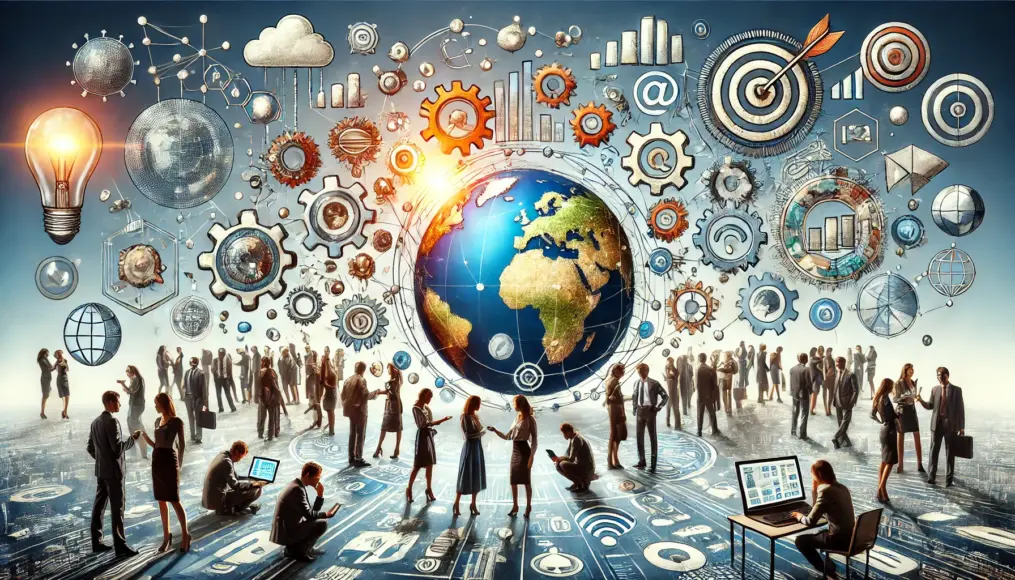
Supporting Local and Global Efforts
Participation in local and international initiatives addressing poverty, inequality, and environmental challenges is crucial.
From volunteer work to sustainable consumer choices, individual actions contribute to broader societal progress.
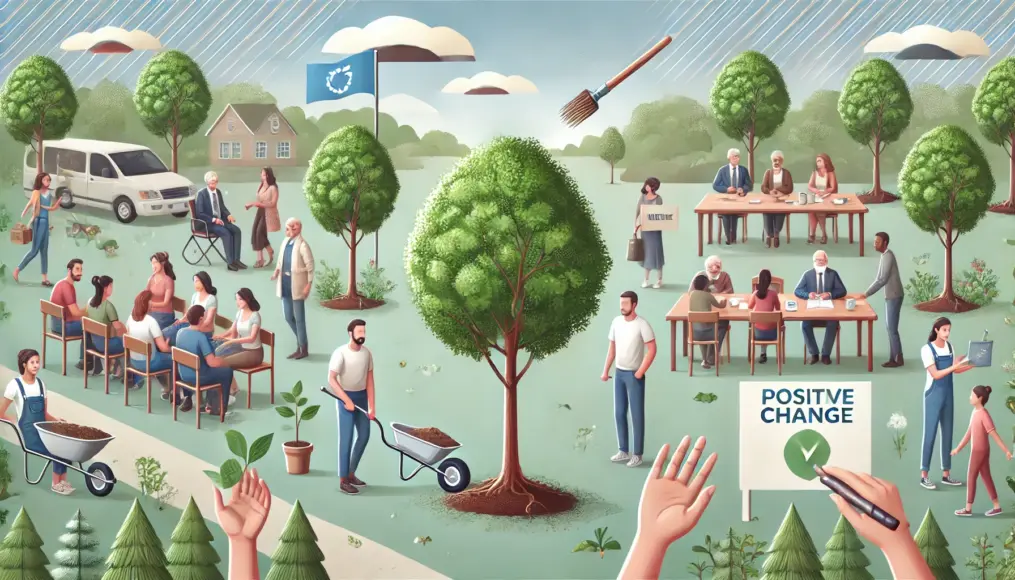
Looking Ahead
The World Bank’s journey reflects the broader challenges of navigating global development in an interconnected world.
Its ability to adapt and address systemic issues will determine its relevance and effectiveness in the years to come.
What do you think about the World Bank’s role in shaping the future?
Share your thoughts and insights in the comments below!

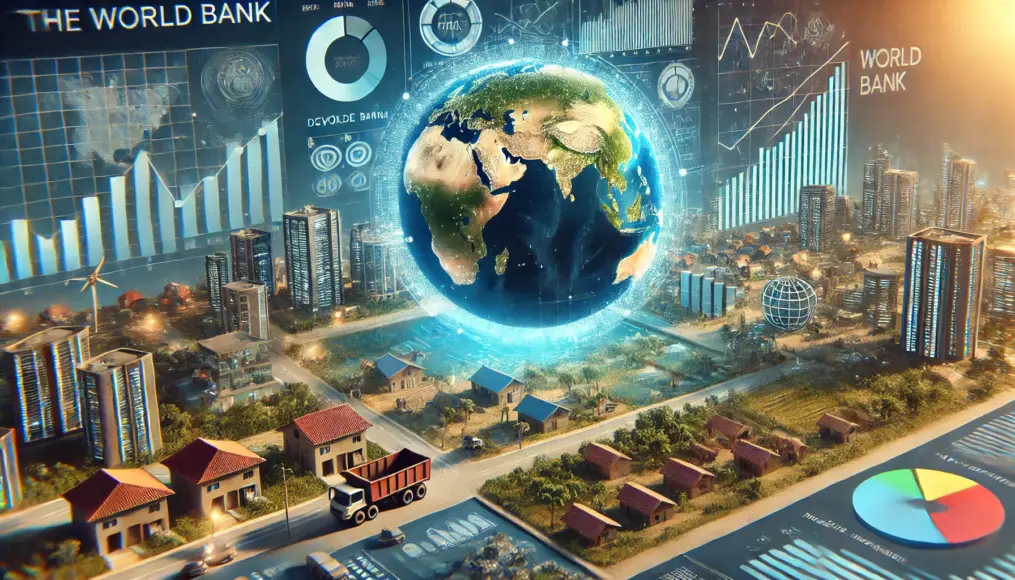
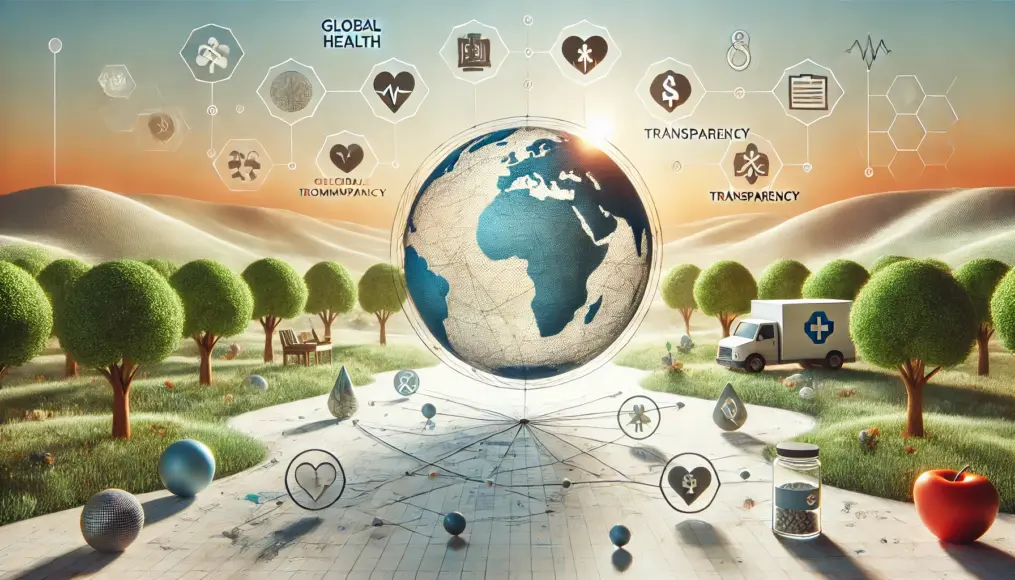

Comment